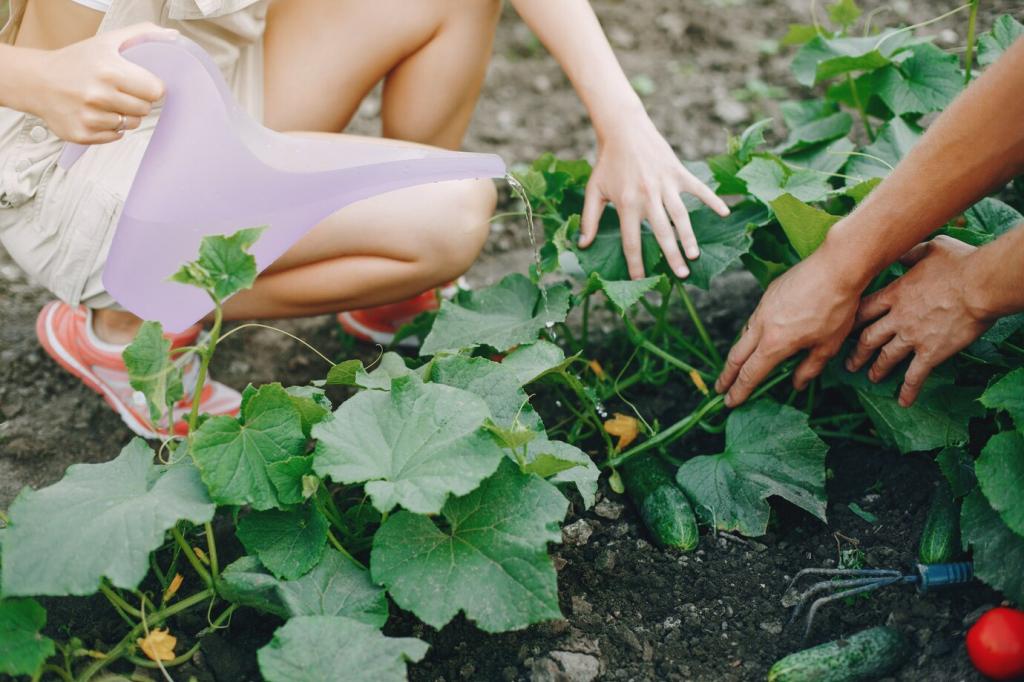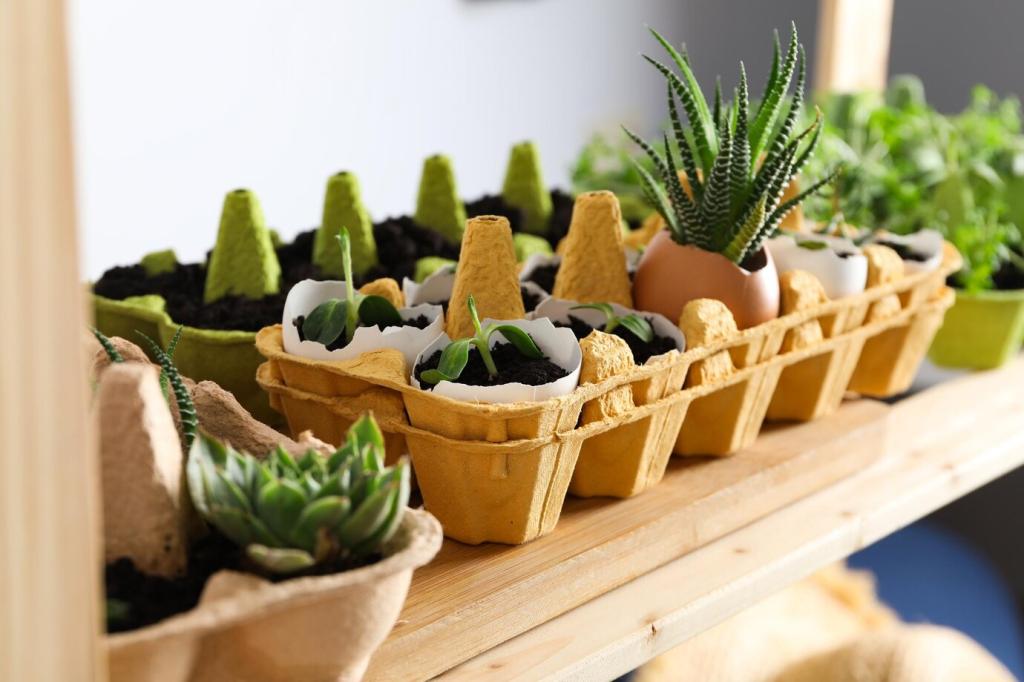Design Principles That Multiply Benefits
Combine native trees, shrubs, and perennials to create vertical structure that shelters wildlife and supports specialist bees. Start with one canopy species and two understory companions. Share your shortlist; we’ll suggest pairings from different regions.
Design Principles That Multiply Benefits
Blue and purple often attract bees; tubular blooms suit hummingbirds; composite flowers offer easy landing pads. Aim for continuous bloom. Subscribe for our seasonal plant lists tailored to your climate and microclimate conditions.










